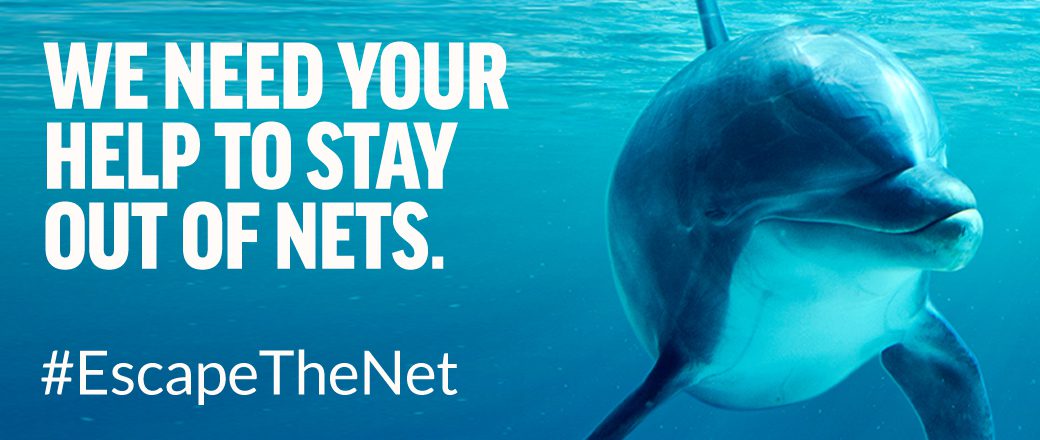May 2, 2017
Bycatch, a Big Threat to the Ocean that Canada is isn’t Doing Enough to Address
Estimated reading time: 0 minutes
There are lots of serious threats to the ocean, many of which are well-known – even if we are still struggling to find solutions to them. However, one of the biggest threats, and one we can tackle in our lifetime, has gone largely unnoticed.
The catch of non-target fish and ocean wildlife, or “bycatch,” results in unnecessary waste and harm to sea life. Up to 10.3 million tonnes of sea life is unintentionally caught each year around the world, captured in nets, lines and other gear. Some of this is kept and sold, or released safely; but far too much is put back in the ocean, either dead or dying. In Canada, this includes endangered and threatened species like whales, turtles, sharks and fish. For example, an estimated 1,200 endangered loggerhead turtles are caught each year on pelagic longlines in the swordfish fishery.
Our report—Collateral damage: How to reduce bycatch in Canada’s commercial fisheries—reveals how poorly Canada is managing this threat.
Here are some of the reports key findings:
• The north Atlantic Swordfish fishery discards approximately 44.8% of its catch, including threatened and endangered sharks and sea turtles, as well as dolphins and whales.
• The Eastern offshore lobster fishery discards approximately 22%, including endangered species like Atlantic cod and northern wolffish.
By acting now, the Canadian government has the opportunity to be a global leader in ocean conservation and secure a sustainable food source for the world’s growing population. The report recommends that Fisheries and Oceans Canada release a national plan to:
1. Count everything that is caught in a fishery, including bycatch species;
2. Cap the amount of wasted catch in each fishery using science-based limits;
3. Control and avoid bycatch by making improvements such as using more sustainable fishing gear;
4. Protect endangered and threatened species so their populations can recover.

Find out more about bycatch in Canada in, Collateral damage: How to reduce bycatch in Canada’s commercial fisheries and call on the Canadian government to reduce bycatch by signing this petition and sharing with friends and family that you are helping sea life #EscapeTheNet.

